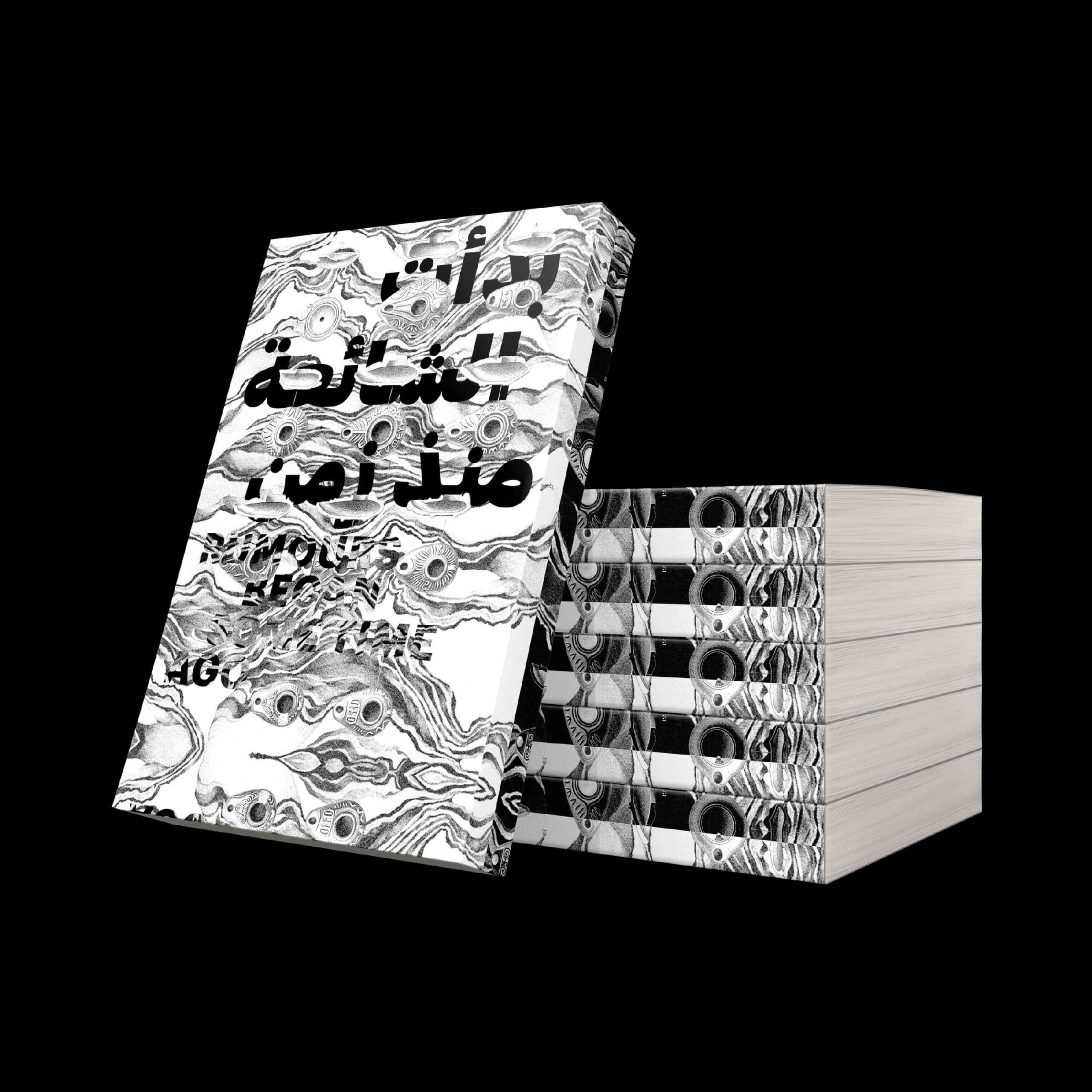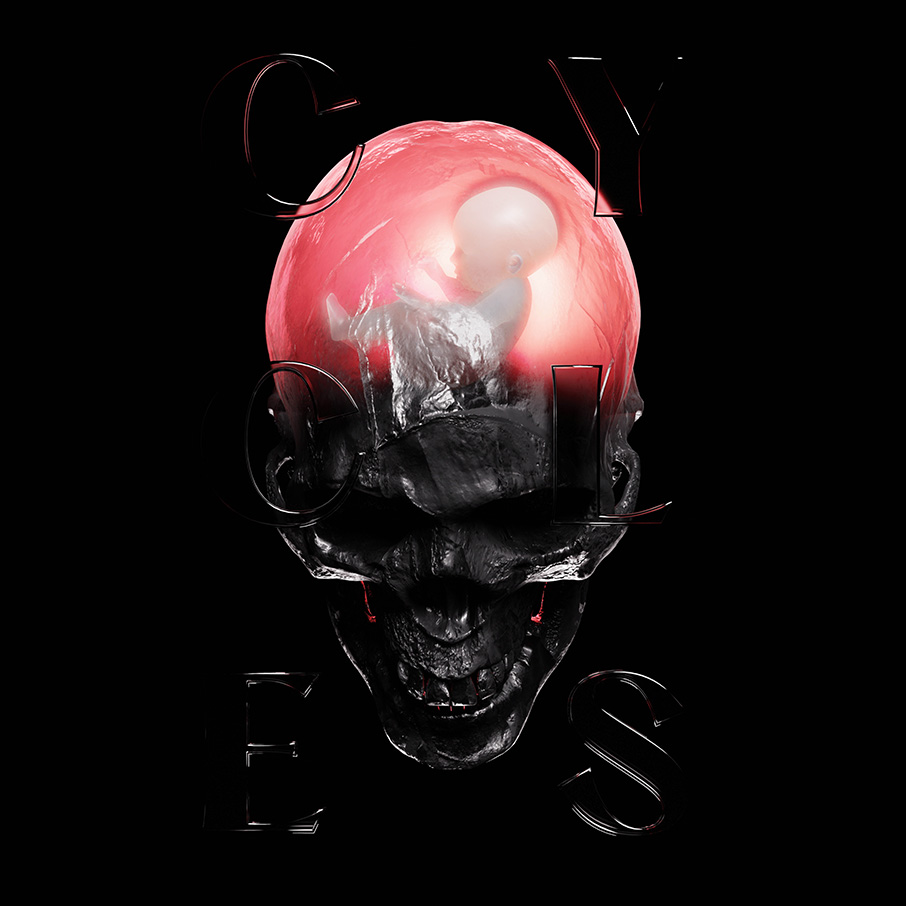The Desk is an in-depth interview series with Arab Designers and Makers taking their desks as a focal point to view their practice. “The Desk’s” name is borrowed from Mark Gardner’s film with the same name. Mark’s short documentary sought to explore the relationship between a worker and their desk and how that reflects their personality. Design Repository is curious to explore the same while adding an intention of scribing these interviews in the Now and therefore attempts to record a moment in time for future generations so that they can find something about now when they look back. The interviews will run around the year, with a new designer/maker and a new desk each month. We are honored to start the series with a dedicated and vigorous Egyptian designer and illustrator: Dara Hassanein, founder of RebelCairo.
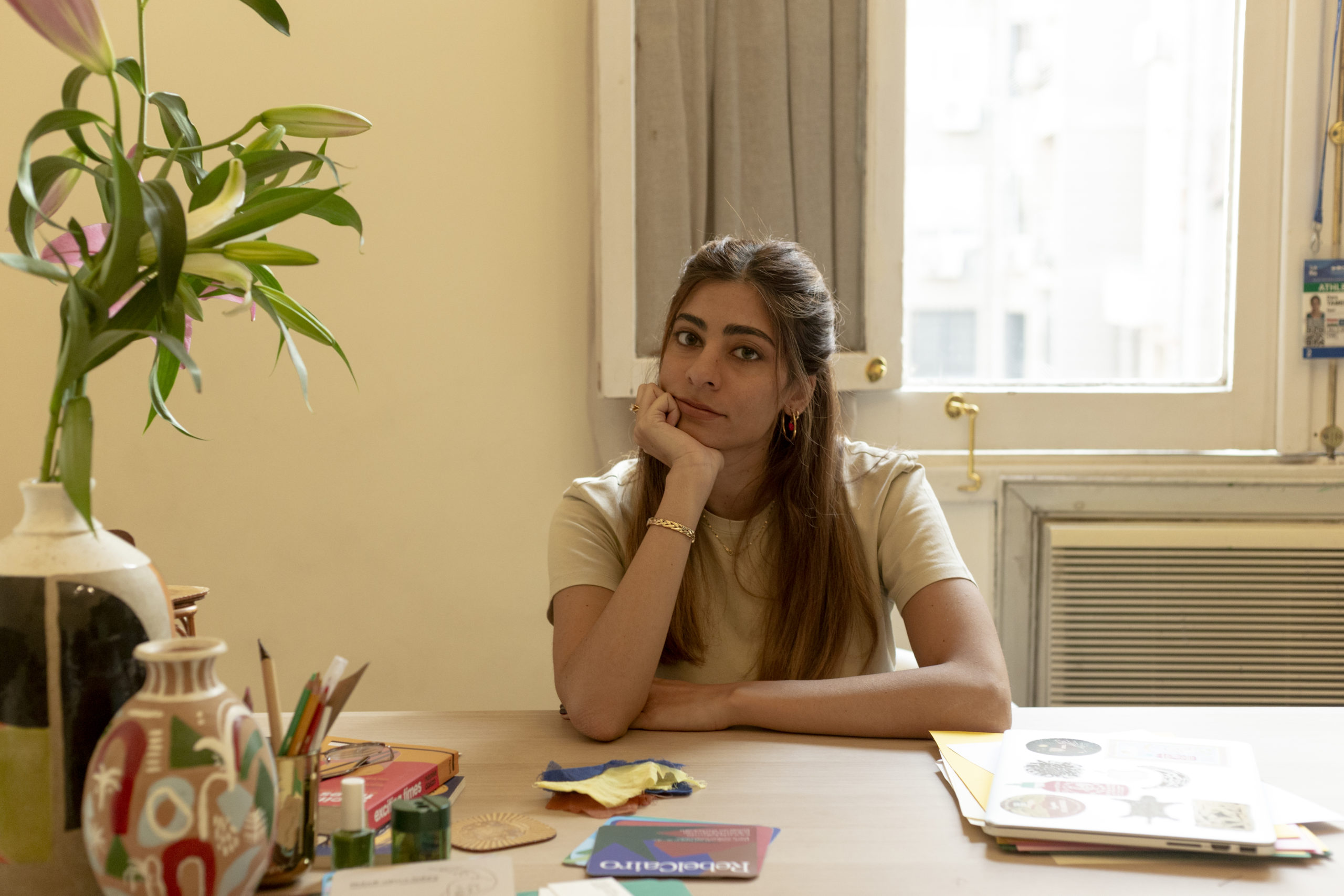
Q: Please introduce yourself (Name, age, nationality, and title) and what do you do?
| Name | Dara Hassanein |
| Age | 25 |
| Nationality | Egyptian |
| Title | Founder and designer of RebelCairo |
I mostly do Design and Creative Direction but I’m also very involved in all aspects of the brand: production, connecting with clients, social media content and presence, website maintenance and handling orders.
Q: When did you start RebelCairo, why did you choose this name, and what made you start?
✸
At university (GUC), I was into illustration, and I was curious about how it looked in different mediums, but for some reason, I specifically gravitated towards fabric and took every chance to explore it further; I even tried to incorporate it in my editorial design course. Then after university, I forgot about it. My interest would be reignited from time to time through projects I was involved with. The idea started to slowly sprout when I was working at Alchemy design studio as a graphic designer and a professional synchronized swimmer in parallel.
Each time I came close to starting the brand, I got busy with life and forgot about it, but it constantly came up again. I took this as a sign to try it out. I sat down with my mother and spoke to her about it. She didn’t know where this would take me, but she joined me anyway. We started contacting workshops, talking to factories, looking for raw materials as part of the initial research. Since then, it has been my mother and I and a few amazing workshops.
After extensive research to understand this area, I decided to launch in April 2019. As for the name, it came naturally to me because it was how I felt at the time. I wanted to change and challenge so many things around me, and I had no expectations of the brand growing, so I just went with it. I often get asked about the brand name as it gives people a particular impression. I remember connecting with someone through DMS and decided to meet up. The first thing she said was, “I expected to meet a rocker girl with that name,” which I found funny because I believe the adjective applies to so many of us, so there shouldn’t be a specific “aesthetic” attached to it. For me, the idea of being a rebel is more of a conceptual mindset.
Often people think it’s a bigger team. Rana Samir, a great visual artist, joined the family recently, so we’re now three with a lot of help from friends.
Q: What would you say is the ethos of Rebel Cairo?
✸
Simply, making clothes that people would like to wear and make them feel good. That is not an easy feat if we try to align this ethos with our ideas of ethical fashion practice, which we are constantly working towards achieving.
Q: Can you take us through your design process? Choose your favorite project and please walk us through its process from start to finish, challenges, and learnings?
✸
Briefly in steps: idea, research, sketch, digital trials, printing samples, pattern-making (the cut and form of the garment), refining, finishing, final product, but it’s not exactly in the same order each time. I wouldn’t say favorite, but it is one of the most challenging for sure, which I enjoyed working on for several reasons. It’s the brand’s latest collaboration with Sarrah Abdel Rahman. We collaborated on the print of the dress she wore for the opening night of the Gouna Film Festival. We first started with the idea of creating a dress with a custom print that would later be disassembled and recycled into something people could buy. The overarching theme of the print was supposed to be sustainability in fashion.
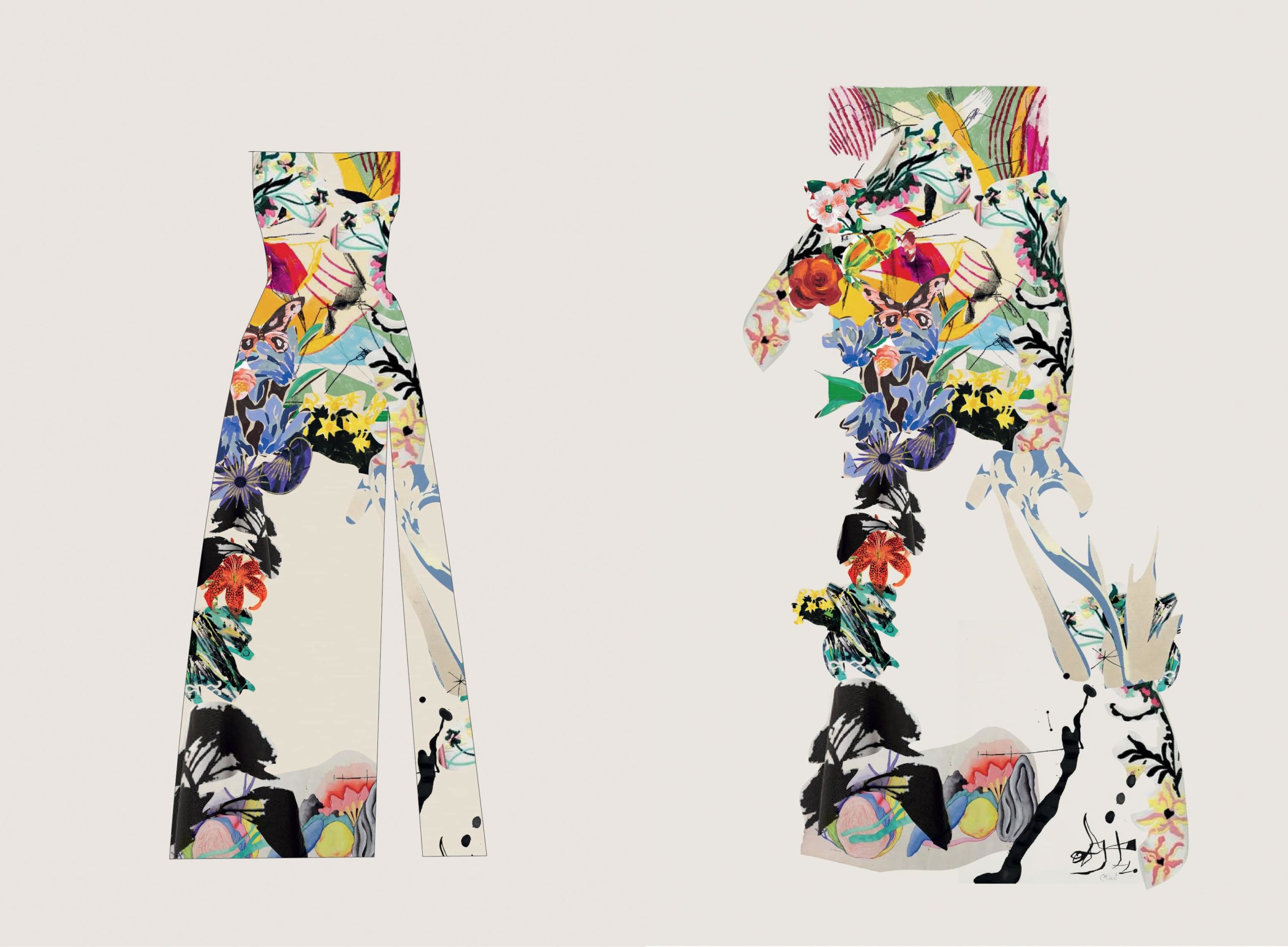
I started working on the print immediately and often sent Sarrah to get her feedback. One month in, she asked me to pause and took a few days to re-think the whole concept and came back with a completely different manifesto for the print that was simultaneously emotionally charged and very personal to her.
Sarrah wanted to infuse the dress with multiple ideas, on the one hand maintaining the initial concept of sustainable fashion and on the other utilizing her own fashion choice encapsulated in the dress as a vehicle for her own fierce personal expression and belief system.
It was overwhelming to digest. One challenge was figuring out how I would translate that on a dress. How do I say all that abstractly? What to take? What to leave? What’s appropriate for the event, and should I even consider that? What’s not?
The idea of designing a dress for Sarrah to make her feel empowered as a woman was not that easy to do, and I had to draw inspiration from my own strength to understand how to empower Sarrah. I remember my first few trials were really subtle, and she would tell me, “Dara, I feel it’s apologetic. I want it to be unapologetic, loud, bold.”

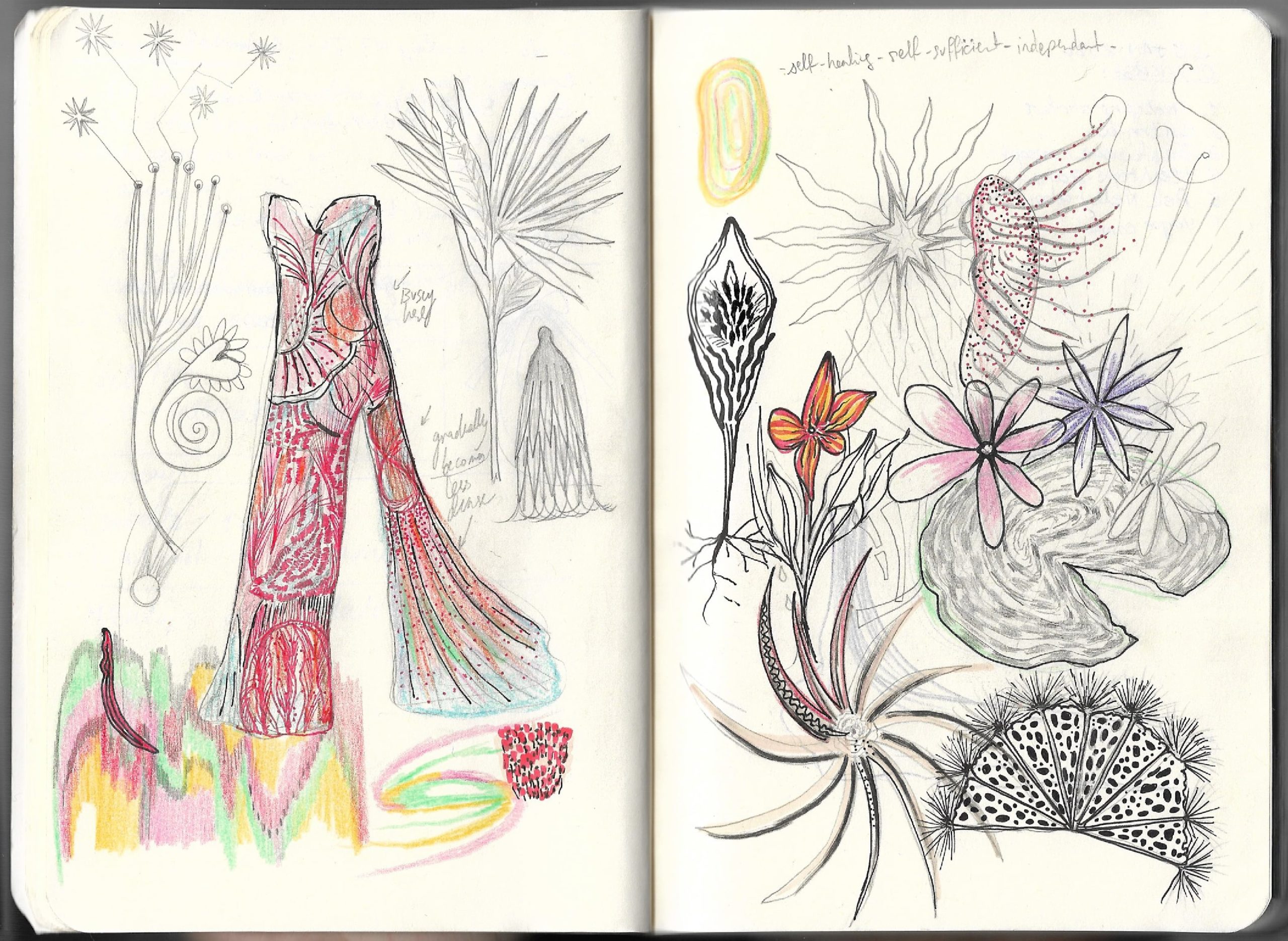
It took some time for me to reach that. The project had positive and negative feedback for several reasons that are difficult to get into in detail here. However, the idea of having your work go viral and observing people’s reactions to it teaches you a lot. I learned the subtle differences between working for a client and executing your very own ideas. As well as how to navigate criticism and articulate my thoughts and ideas better, it gave me a great insight into how I want to present my work in the future. All of which are positive takeaways from the project. One of the most significant takeaways of the project was the relationship-building process that I personally and the brand have built with Sarrah. It was enriching on a personal and professional level.
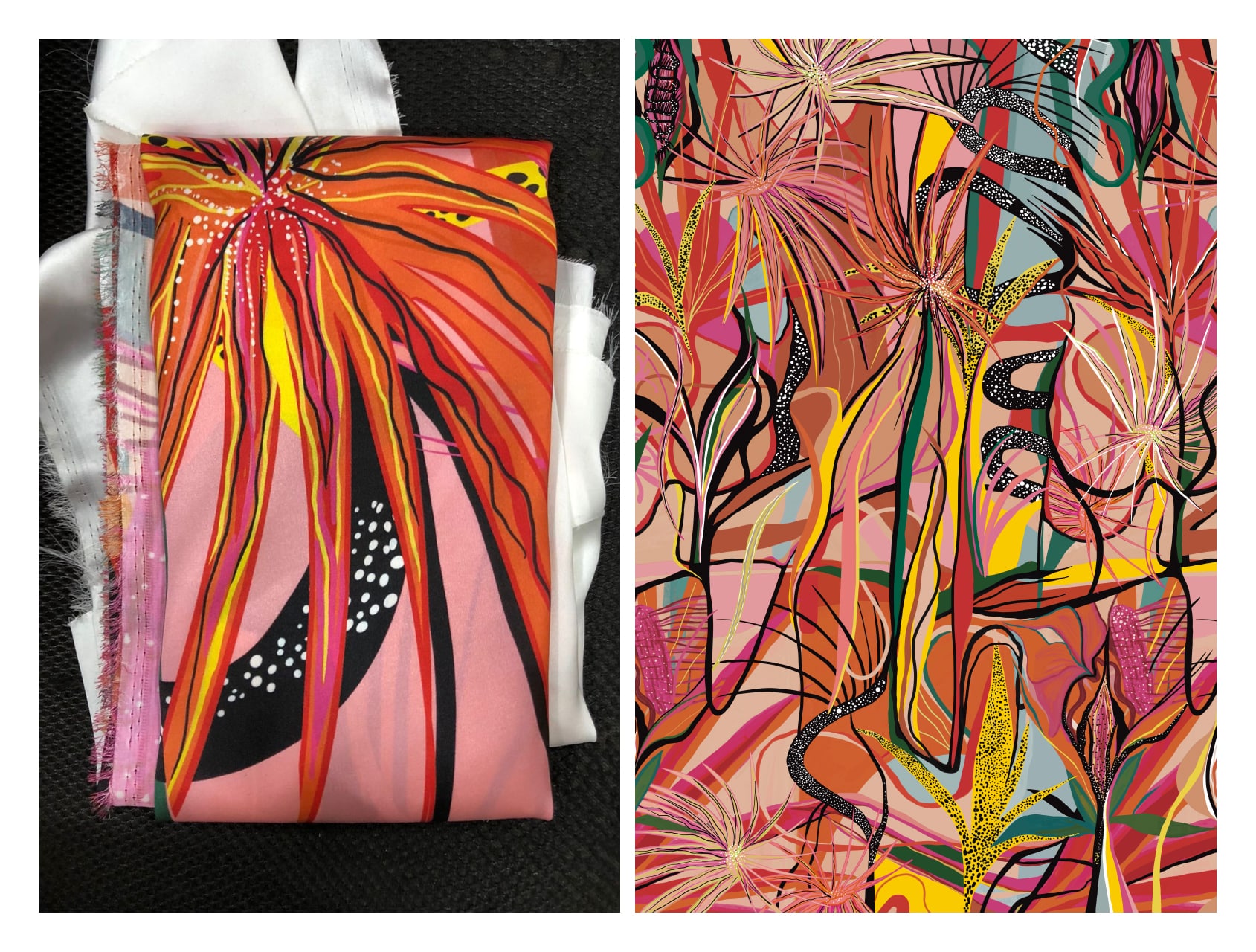
If I had to choose a favorite, it would be the collection I’m currently working on (I can’t share yet), but I believe it’s my best work to come. Another project I enjoyed working on was Garidat RebelCairo, a brand journal we published in 2020 to celebrate our curiosity for illustrations that include stories, collaborations, impromptu sketches, and never-seen-before photographs that have, and continue to fuel the vision of our brand. The journal made me look back at key moments for the brand, which left me feeling grateful for the people I met and worked with along the way. I also enjoyed it because I love Editorial design and rarely do it now.


We also just launched our first knitwear collection in December, which I’m thrilled with because it’s an expansion to our product line, and it was fun to see how our prints would translate on this kind of fabric.
Q: Who are your favorite Arab designers/artists?
✸
They change constantly and they’re so many but currently:
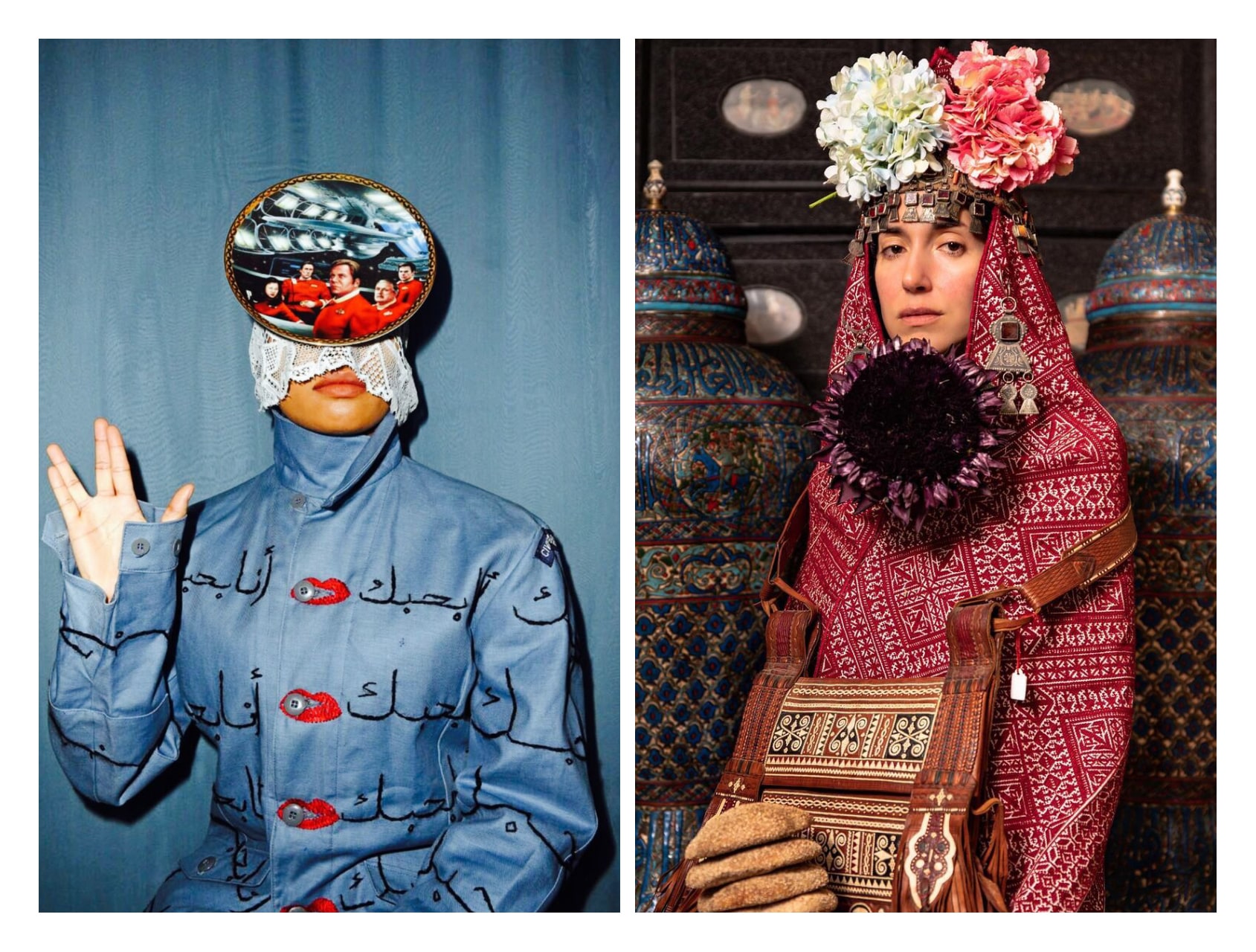
Right: Maison Artc and Mehdi Sabik – Beautiful Morocco 🇲🇦
Q: Who are your favorite non-Arab designers/artists?
✸
I don’t have favorites. But if I had to choose at the top of my head:
Q: How do you get inspiration for your projects?
✸
Colors, arts, books, nature, history, spotting interesting details in people’s outfits, wanting to wear something and not finding it, trend forecasts, and different eras in fashion. I also follow many accounts that share work that inspires me: design, furniture, photography, etc.
Q: Describe what does your desk mean to you?
✸
It has a calming effect on me and gives me a sense of order and structure when I need it. Though I’m not too attached to it, I work anywhere when I need to.

Q: When you are creatively blocked what are some of the ways you overcome this block?
✸
I do not have one formula that works each time, but I cannot stress this enough: DO NOT make your work your whole day/life. You need to engage in other activities that are entirely different from your field to come up with new ideas. If I do not have the luxury to take a break and recharge, I try these:
- I change my working space (work from a different place)
- I share my work with artists/designers I know and trust. Their input always helps me when I feel stuck with a design/project and don’t know how to push it further.
- I read.
- I change my medium
- I limit my time on social media. I believe some of my creative blocks were a result of that. It makes my brain lazier.
Q: How do you see the role of photography within your practice as a designer?
✸
To my brand, it’s just as important and sometimes, an extension to the concept and story of each collection. Other times, I just want the clothes to shine alone, no crazy location, no props, nothing. Even then, which images I choose and how I show the pieces is very important. I see it as another tool to reinforce the brand’s personality and collection theme, and be different from others in the field. And it proved to be right from how people reacted to it. I get many positive comments about the brand’s content on Instagram when I meet people in real life. Recently, we’ve been focusing on showing our followers the BTS: production, printing etc. People are always curious to know about that and it’s where all the serious work happens anyway.
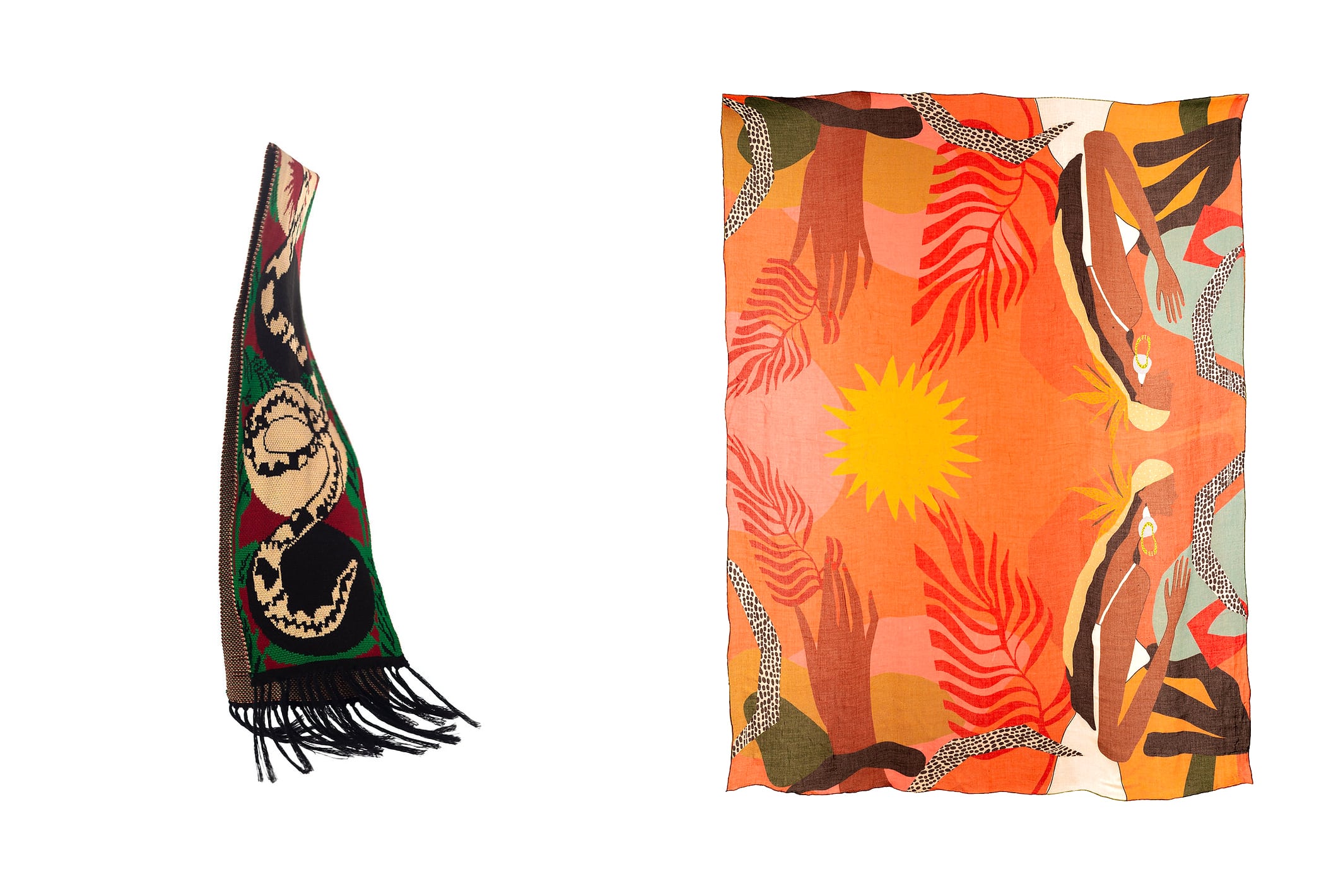

Q: Where do you see Rebel Cairo going in the future?
✸
My idea of where I see us going next is evolving constantly. However, a few constant goals would be: maturing and becoming stronger in design, execution, quality, knowledge and experience. I see our team getting bigger and more diverse as well as initiating projects that support stories we care about as a brand. I also see us expanding geographically which I’m currently working on.
Q: What are 3 pieces of advice you can give to a young designer embarking on a journey similar to yours?
✸
- Do it for the right reasons
- Be patient when it comes to results
- Accept imperfection but work as if you’re reaching for it
Checkout more of RebelCairo Projects Here
Shop at RebelCairo Here
Photography of Dara Hassanein is shot by Aly Soliman
